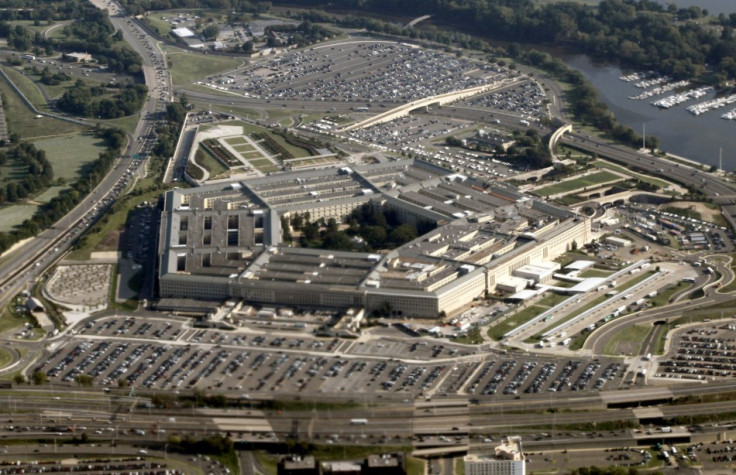Could the US's new hypersonic missile spark World War 3?

The US has reportedly created a new missile as part of the Pentagon's development of hypersonic technology. But the US military has insisted that the weapons will carry conventional missiles rather than nuclear ones, as the arms race with China and Russia grows more intense.
The new missiles – according to information released on 13 April – will reportedly fly at five times the speed of sound (3,800mph) and make them virtually impossible to detect using radar. Researchers are still working on manoeuvre techniques and developing ways of being able to fully control the weapons.
The Pentagon's Defense Advanced Projects Research Agency (Darpa) has spent over $34m (£48m) on hypersonic aircraft and weapon projects. Hypersonic aircraft would be able to fly at between five to 10 times the speed of sound.
New nuclear fears
In an article titled The Problem With The Pentagon's Hypersonic Missile, published by Defense One, three hypersonic projects – including the Lockheed Martin Falcon Hypersonic Technology Vehicle 2 program, the Raytheon Hypersonic Air-breathing Weapon Concept (HAWC), and the Raytheon/Lockheed Tactical Boost Glide – are being examined over whether they would remain conventional weapons, or whether they would spurn the other military superpowers, China and Russia, into developing more nuclear weapons.
The concerns are that hypersonic missiles will allow the US to launch nuclear weapons that could strike targets at longer ranges, in less time than conventional ballistic missiles require, and move so fast current missile defence systems and fighter jets could not intercept them.
Reports suggest that the new generation of missiles can switch between two modes: scramjet –which uses air flowing at supersonic speeds through its engine to further accelerate the missile – and a "boost glide" system – this would extend the range of missiles by making them 'skip' across the Earth's upper atmosphere.

"Hypersonic weapons can be more survivable because of the extreme speed and high altitude. They would be hard to stop,' said JR Smith, director of Raytheon's Advanced Land Warfare Systems.
"At this point, our hypersonics program is really a technology development program, purely focused on 'conventional' payloads, said Stephen Welby, assistant defense secretary for research and engineering at The Pentagon. "There's nothing in the budget related to modelling, researching, or exploring nuclear-armed hypersonics.
"It's 2020 for the missile, 2030…. until you get into something that's refurbishable and probably 2040 until you get into something that's a totally reusable type of capability."
Last year, four flight tests of the X-51 WaveRider – the US's prototype hypersonic aircraft – had taken place in June. During the last test the aircraft flew more than 230 nautical miles at Mach 5. It was launched from under the wing of a B-52 bomber and travelled at a height of 70,000 ft.
© Copyright IBTimes 2025. All rights reserved.





















